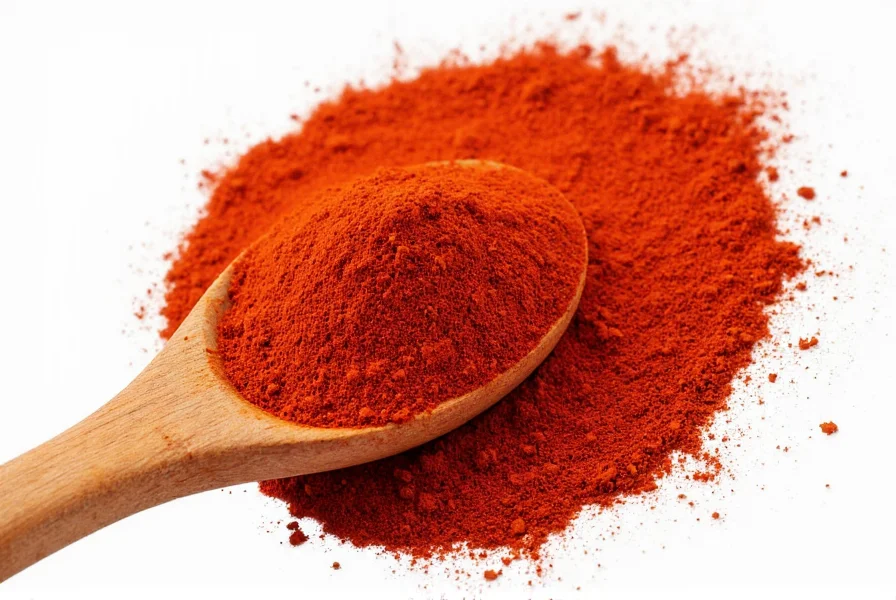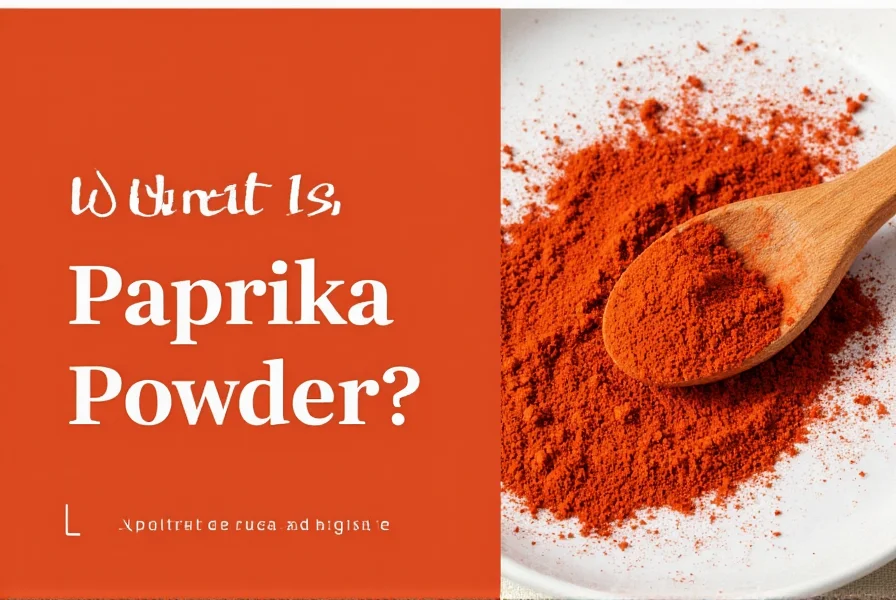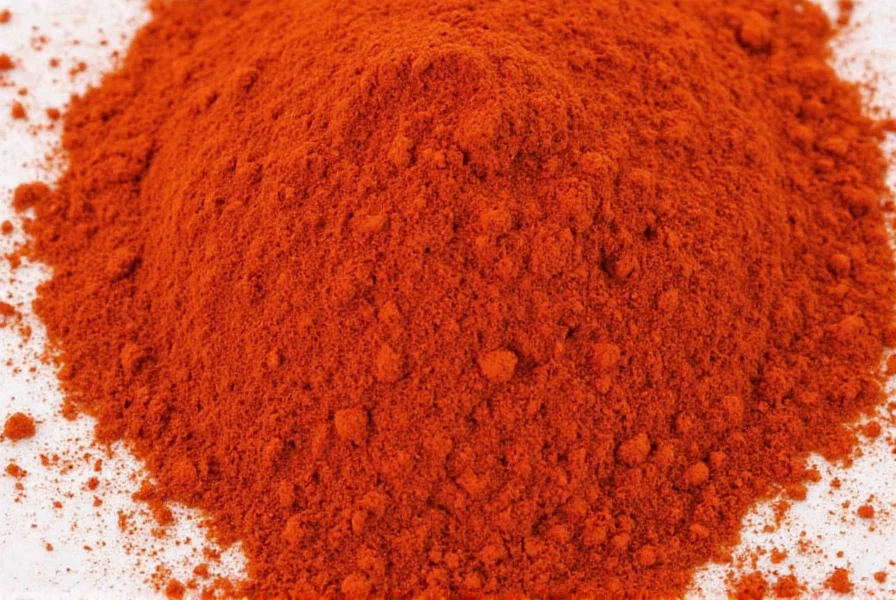Understanding what is paprika powder begins with recognizing its botanical origins. Made from dried and ground sweet or chili peppers, paprika delivers distinctive color and flavor to cuisines worldwide. Unlike many commercial spice blends, pure paprika contains only one ingredient: processed peppers. The variation in heat level and taste profile depends entirely on the pepper varieties used and their growing conditions.
Historical Origins and Global Spread
Paprika's journey started in Central Mexico where indigenous peoples cultivated peppers. Spanish explorers brought these peppers to Europe in the 16th century. While peppers spread across the continent, Hungary embraced them most enthusiastically, developing distinctive cultivation methods that produced the sweet, vibrant red peppers ideal for paprika production. By the 19th century, Hungarian paprika had become a protected regional specialty, with specific growing regions producing paprika with unique characteristics.
How Paprika Powder Is Made
The production process for what paprika powder consists of involves several careful steps:
- Pepper harvesting at peak ripeness
- Drying using traditional methods (sun-drying or specialized drying rooms)
- Stem and seed removal
- Grinding into fine powder
- Sorting by color intensity and heat level
- Packaging in light-resistant containers
The drying method significantly impacts the final product's flavor. Traditional Hungarian methods use slow air-drying at moderate temperatures, preserving more volatile compounds that contribute to complex flavor profiles compared to high-heat industrial drying.
| Type of Paprika | Heat Level (Scoville) | Flavor Profile | Primary Use |
|---|---|---|---|
| Sweet Hungarian | 0-500 | Fruity, earthy, slightly sweet | Goulash, stews, roasted meats |
| Smoked Spanish (Pimentón) | 500-2,000 | Deep smoky, woodsy | Paella, chorizo, bean dishes |
| Hot Hungarian | 5,000-15,000 | Sharp heat with fruit notes | Spicy sauces, marinades |
| Sweet American | 100-500 | Mild, one-dimensional | Coloring agent, mild dishes |

Understanding Paprika Varieties
When exploring what different types of paprika powder exist, several key varieties stand out:
Hungarian Paprika represents the gold standard, with eight official classifications ranging from mild édesnöméres to fiery erős. The most prized variety, Special Quality, offers perfect balance of color and flavor. Authentic Hungarian paprika carries a protected designation of origin (PDO), ensuring it's produced in specific Hungarian regions using traditional methods.
Spanish Pimentón distinguishes itself through smoking process. Made from peppers smoked over oak fires, it comes in sweet (dulce), bittersweet (agridulce), and hot (picante) varieties. This smoking process creates complex flavor compounds not found in other paprikas.
American Paprika typically lacks the depth of European varieties, often serving primarily as a coloring agent. However, specialty producers are now creating more flavorful options that rival traditional varieties.
Culinary Applications and Flavor Science
The question how to use paprika powder in cooking involves understanding its flavor chemistry. Paprika's primary compounds—capsanthin (color), piperine (heat), and various volatile oils (flavor)—react differently to heat. Adding paprika early in cooking develops deeper flavors but diminishes color intensity, while adding it at the end preserves vibrant color but offers less integrated flavor.
Chefs recommend blooming paprika in oil before use—gently heating the spice in fat for 30-60 seconds to release flavor compounds. This technique significantly enhances the depth of dishes like Hungarian goulash or Spanish patatas bravas. For best results, avoid high-heat cooking with paprika as temperatures above 350°F (175°C) can cause bitterness.

Nutritional Profile and Storage Tips
Beyond what paprika powder is used for culinarily, it offers notable nutritional benefits. Just one tablespoon provides:
- 112% of daily vitamin A needs (as beta-carotene)
- 18% of vitamin E requirements
- Antioxidants including capsanthin and carotenoids
- Trace minerals like iron and magnesium
Proper storage maintains paprika's quality. Keep it in an airtight container away from light and heat. Exposure to oxygen causes rapid degradation of flavor compounds—within 6 months, paprika can lose up to 50% of its volatile oils. For extended freshness, store in the refrigerator or freezer. Properly stored, high-quality paprika maintains peak flavor for 12-18 months.
Common Substitutions and Quality Indicators
When determining what to use if you don't have paprika, consider these alternatives:
- For color: Tomato paste mixed with a pinch of cayenne
- For mild flavor: Sweet red bell pepper powder
- For smoked flavor: Chipotle powder diluted with sweet paprika
Quality paprika should exhibit vibrant color (not dull or brownish), fresh aroma (not musty), and fine, uniform texture. Avoid products with clumping, which indicates moisture exposure. The best indicator of quality is ingredient listing—pure paprika should contain only "paprika" without fillers like rice flour or anti-caking agents.
Frequently Asked Questions
What is the difference between paprika and chili powder?
Paprika is made exclusively from ground peppers, while chili powder is a blend containing paprika plus other spices like cumin, garlic powder, and oregano. Pure paprika offers a single-flavor profile ranging from sweet to hot, whereas chili powder creates a complex seasoning mixture primarily for Tex-Mex dishes.
Can paprika powder go bad?
While paprika doesn't technically spoil, it loses flavor and color intensity over time. Properly stored in an airtight container away from light, it maintains peak quality for 12-18 months. Signs of degradation include faded color, musty smell, or clumping. Discard if you detect any off odors or visible moisture.
Is smoked paprika the same as regular paprika?
No, smoked paprika (pimentón) undergoes a specific smoking process over oak fires that imparts distinctive flavor compounds not found in regular paprika. This smoking process creates complex woodsy notes and deeper color. Regular paprika offers cleaner pepper flavor without the smokiness, making them suitable for different culinary applications.
What gives paprika its red color?
Paprika's vibrant red color comes primarily from capsanthin, a carotenoid pigment naturally present in red peppers. The concentration of capsanthin varies by pepper variety and growing conditions, with Hungarian sweet peppers producing particularly high levels. This natural pigment is heat-stable but degrades with prolonged light exposure.











 浙公网安备
33010002000092号
浙公网安备
33010002000092号 浙B2-20120091-4
浙B2-20120091-4